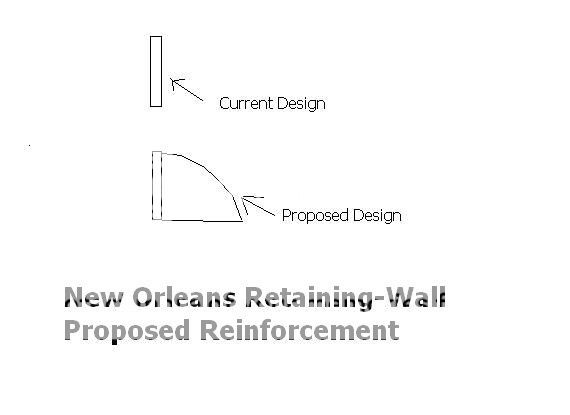Libsmasher
Well-Known Member
- Joined
- Jan 9, 2008
- Messages
- 3,151
It would take too much time and too much effort to explain the dynamics of New Orleans, but suffice it to say that over 90% of the employment in the New Orleans area in in some way connected to the shipping industry.
The problem isn't that New Orleans is below sea level, the problem is that even those areas that aren't below sea level are still surrounded by levees which either hold out the Gulf of Mexico, or hold in the Mississippi River, the level of which is, in some places, as much as 10 feet ABOVE the land on either side of the levee walls that contain it!
If either of the River levees were to fail almost anywhere between Waggaman and English Turn, even those areas that are well above sea level, like the Vieux Carre (that's the French Quarter to you) would be under several meters of water until the water level fell to it's natural level, which could take MONTHS, and the River would be closed to navigation during that entire time.
Without being up on the micro-details, I'm sure the problems to establish a vastly scoped back new orleans are not unsolveable by a nation who put a man on the moon. A new city can be created safely up river, say 50 miles, and workers brought in my train each day. Or the port can be moved up the mississipi river.

